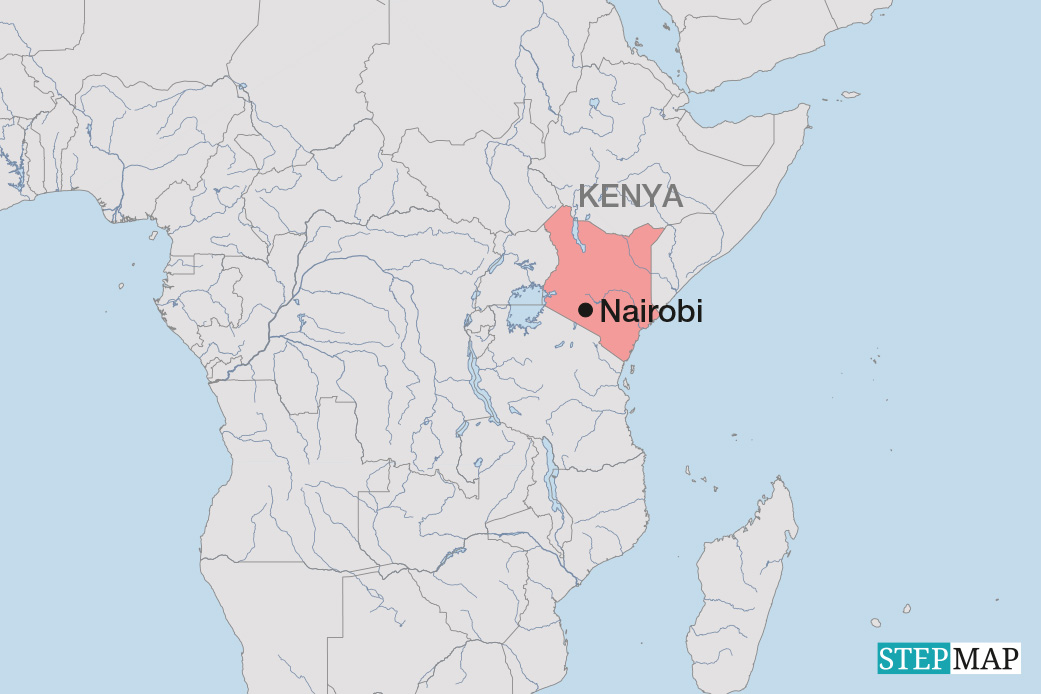HIV/AIDS
Protection from a collapsible tube
Researchers have proved that the agents contained in antiretroviral drugs also serve a prophylactic function. There is a chance that women will in future be able to protect themselves against AIDS through the use of a vaginal gel. According to a study, which the South African research institute Caprisa presented at the World AIDS Conference in Vienna in July, the clinical trials of such a gel containing the agent tenofovir reduced a woman’s risk of infection by 39 % on average.
Among the women who used the gel regularly, the infection rate sank by 54 %. Among those who only used it for half of their sexual contacts, it went down by 28 %. Nearly 900 women from the South African State KwaZulu-Natal participated in the study, which was funded by USAID and the South African government.
This is “an important milestone in HIV prevention,” said Zeda Rosenberg, who heads the International Partnership for Microbicides (IPM). Several other organisations agree. Yet there is still a long way to go before women will actually make use of the gel. While the significance of the results is undisputed, follow-up studies must prove the effectiveness of the gel. A study of the Microbicide Trials Network (MTN) at the University in Pittsburgh is already running and results are expected in 2013.
“If the gel is finally authorised, we will all be very excited,” says Nomfundo Eland of the South African non-governmental organisation Treatment Action Campaign (TAC). She is the chairperson of the African National AIDS Council in South Africa. So far, she remains cautious, stressing that it is very important to give women the opportunity to protect themselves from the virus independently of their partner: “Not many women can negotiate the use of condoms.” In high HIV prevalence countries such as South Africa, women are at very high risk to be infected with the virus.
Currently female condoms are the only possibility for a woman to independently protect herself. Yet in many countries, they are not well known. According to Eland, women in South Africa would like to use the female condoms. However, access remains a challenge. “The companies do not produce them because they believe that there is no demand,” says Annet Neijmeijer, who works for the campaign for Universal Access to Female Condoms (UAFC Joint Programme). Her organisation is convinced that there is demand. In areas where female condoms are known and available, they are used on a large scale, says Neijmeijer.
In the past, the Female Health Company was the only producer of female condoms. Today, Medtech is also advertising them, and Path, a health organisation, is producing them for the Chinese market. According to Neijmeijer, this is still not enough. She and her colleagues are convinced that wider distribution of the female condoms would extend the women’s freedom of choice, allowing them to act more independently. TAC-leader Eland remains sceptic, saying that the use of the female condom is as hard to negotiate as the use of conventional condoms. Nonetheless, she supports the view that the more possibilities women have to protect themselves, the better. (cir)







